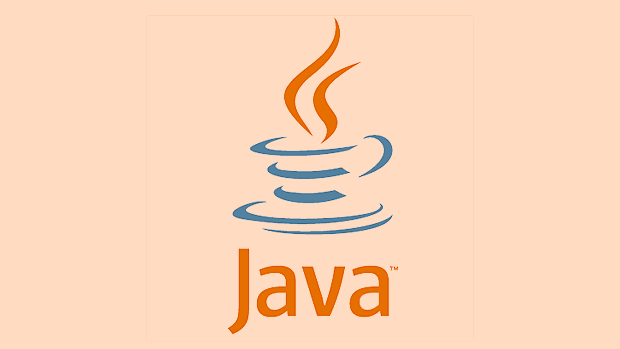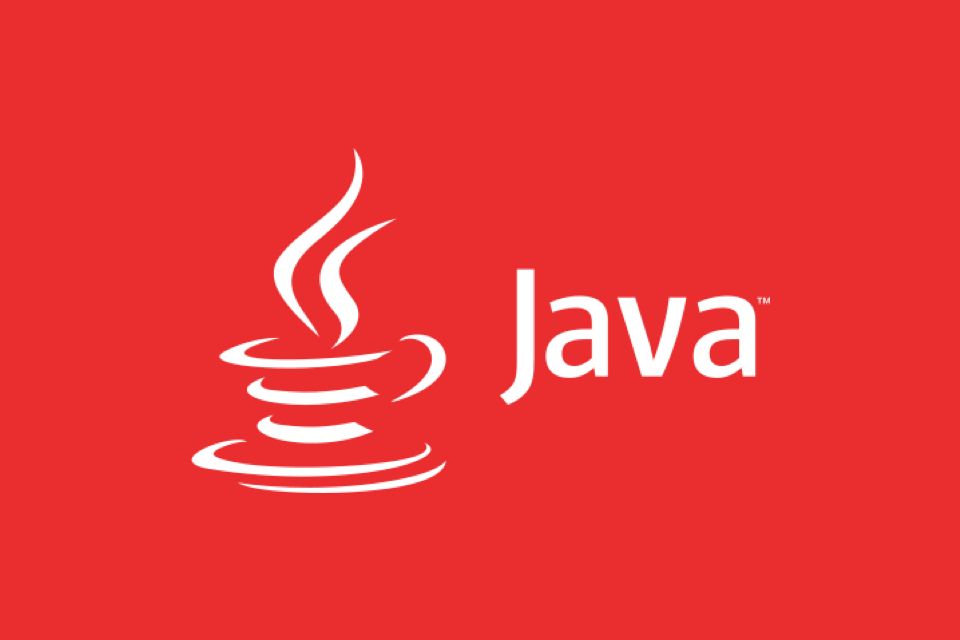Use @ControllerAdvice for global exception handling to centralize error responses and reduce duplication. 2. Define a structured ErrorResponse DTO with code, message, timestamp, and path for consistent client communication. 3. Implement circuit breakers using Resilience4j to prevent cascading failures and allow service recovery. 4. Apply retry logic with exponential backoff via Spring Retry to handle transient failures gracefully. 5. Log errors with contextual information like trace IDs using MDC for effective distributed debugging. 6. Validate input early using Bean Validation and fail fast to ensure robust request handling. 7. Monitor errors using tools like Micrometer, Sentry, and OpenTelemetry to detect issues and trigger alerts proactively. 8. Design fallbacks for graceful degradation, enabling system usability during partial outages. Advanced error handling in Java microservices requires a holistic strategy combining centralized management, resilience patterns, and observability to build robust, maintainable systems that handle failures predictably and recover effectively.

When building Java microservices, robust error handling is critical to ensure system resilience, maintainability, and a good experience for clients. Unlike monolithic applications, microservices operate in distributed environments where failures are not exceptions — they’re expected. Advanced error handling goes beyond try-catch blocks and involves strategies for logging, circuit breaking, fallbacks, centralized error management, and meaningful client communication.

Here’s how to implement advanced error handling effectively in Java microservices:
1. Use Global Exception Handling with @ControllerAdvice
Instead of scattering error-handling logic across controllers, use Spring’s @ControllerAdvice to create a centralized exception handler.

@ControllerAdvice
public class GlobalExceptionHandler {
@ExceptionHandler(ResourceNotFoundException.class)
public ResponseEntity<ErrorResponse> handleResourceNotFound(ResourceNotFoundException ex) {
ErrorResponse error = new ErrorResponse("NOT_FOUND", ex.getMessage());
return new ResponseEntity<>(error, HttpStatus.NOT_FOUND);
}
@ExceptionHandler(InvalidInputException.class)
public ResponseEntity<ErrorResponse> handleInvalidInput(InvalidInputException ex) {
ErrorResponse error = new ErrorResponse("BAD_REQUEST", ex.getMessage());
return new ResponseEntity<>(error, HttpStatus.BAD_REQUEST);
}
@ExceptionHandler(Exception.class)
public ResponseEntity<ErrorResponse> handleGenericException(Exception ex) {
ErrorResponse error = new ErrorResponse("INTERNAL_ERROR", "An unexpected error occurred.");
// Log the actual exception
return new ResponseEntity<>(error, HttpStatus.INTERNAL_SERVER_ERROR);
}
}This ensures consistent error responses and reduces code duplication.
2. Define Clear, Structured Error Responses
Avoid returning raw exceptions or stack traces. Define a standard ErrorResponse DTO:

public class ErrorResponse {
private String code;
private String message;
private LocalDateTime timestamp;
private String path;
// constructors, getters, setters
}This helps clients parse errors predictably and supports internationalization or monitoring down the line.
3. Leverage Circuit Breakers with Resilience4j or Hystrix
When a downstream service fails repeatedly, prevent cascading failures using a circuit breaker.
Using Resilience4j (modern alternative to Hystrix):
@CircuitBreaker(name = "orderService", fallbackMethod = "getOrderFallback")
public Order getOrder(String orderId) {
return orderClient.getOrder(orderId);
}
public Order getOrderFallback(String orderId, CallNotPermittedException ex) {
// Return cached or default data
return Order.defaultOrder(orderId);
}Configure the circuit breaker in application.yml:
resilience4j.circuitbreaker:
instances:
orderService:
failure-rate-threshold: 50
wait-duration-in-open-state: 5000
sliding-window-size: 10This stops repeated calls to a failing service and gives it time to recover.
4. Implement Retry Logic with Backoff
Transient failures (e.g., network glitches) can be resolved with retry mechanisms.
Using Spring Retry:
@Retryable(
value = {RemoteServiceUnavailableException.class},
maxAttempts = 3,
backoff = @Backoff(delay = 1000, multiplier = 2)
)
public String callExternalService() {
return restTemplate.getForObject("/api/data", String.class);
}
@Recover
public String recover(RemoteServiceUnavailableException ex) {
return "Default response after retries failed";
}This improves resilience during temporary outages.
5. Log Errors Effectively with Context
Use structured logging (e.g., with SLF4J MDC) to include trace IDs, user IDs, or request paths.
logger.error("Failed to process order", ex);Include correlation IDs across services using filters and MDC:
MDC.put("traceId", UUID.randomUUID().toString());This makes debugging distributed transactions much easier.
6. Validate Input Early and Fail Fast
Use Bean Validation (JSR-380) with annotations:
public void createUser(@Valid @RequestBody UserRequest request) { ... }And define custom validators when needed. Handle MethodArgumentNotValidException globally to return clean error messages.
7. Monitor and Alert on Errors
Integrate with observability tools:
- Micrometer Prometheus: Track error rates
- Sentry or ELK: Capture and analyze exceptions
- OpenTelemetry: Trace errors across service boundaries
Example metric:
counterService.increment("error.category.http-500");This helps detect patterns and trigger alerts before users are impacted.
8. Graceful Degradation and Fallbacks
Design fallback responses for non-critical failures. For example:
- Return cached data
- Skip optional enrichment steps
- Serve a simplified UI
This keeps the system usable even when parts are down.
Advanced error handling in Java microservices isn’t just about catching exceptions — it’s about designing for failure. By combining global exception handling, circuit breakers, retries, structured responses, and observability, you create systems that are resilient, observable, and easier to maintain.
Basically, treat errors as a first-class concern in your architecture — because in production, they’re inevitable.
The above is the detailed content of Advanced Error Handling in Java Microservices. For more information, please follow other related articles on the PHP Chinese website!

Hot AI Tools

Undress AI Tool
Undress images for free

Undresser.AI Undress
AI-powered app for creating realistic nude photos

AI Clothes Remover
Online AI tool for removing clothes from photos.

Clothoff.io
AI clothes remover

Video Face Swap
Swap faces in any video effortlessly with our completely free AI face swap tool!

Hot Article

Hot Tools

Notepad++7.3.1
Easy-to-use and free code editor

SublimeText3 Chinese version
Chinese version, very easy to use

Zend Studio 13.0.1
Powerful PHP integrated development environment

Dreamweaver CS6
Visual web development tools

SublimeText3 Mac version
God-level code editing software (SublimeText3)
 Asynchronous Programming Techniques in Modern Java
Jul 07, 2025 am 02:24 AM
Asynchronous Programming Techniques in Modern Java
Jul 07, 2025 am 02:24 AM
Java supports asynchronous programming including the use of CompletableFuture, responsive streams (such as ProjectReactor), and virtual threads in Java19. 1.CompletableFuture improves code readability and maintenance through chain calls, and supports task orchestration and exception handling; 2. ProjectReactor provides Mono and Flux types to implement responsive programming, with backpressure mechanism and rich operators; 3. Virtual threads reduce concurrency costs, are suitable for I/O-intensive tasks, and are lighter and easier to expand than traditional platform threads. Each method has applicable scenarios, and appropriate tools should be selected according to your needs and mixed models should be avoided to maintain simplicity
 Best Practices for Using Enums in Java
Jul 07, 2025 am 02:35 AM
Best Practices for Using Enums in Java
Jul 07, 2025 am 02:35 AM
In Java, enums are suitable for representing fixed constant sets. Best practices include: 1. Use enum to represent fixed state or options to improve type safety and readability; 2. Add properties and methods to enums to enhance flexibility, such as defining fields, constructors, helper methods, etc.; 3. Use EnumMap and EnumSet to improve performance and type safety because they are more efficient based on arrays; 4. Avoid abuse of enums, such as dynamic values, frequent changes or complex logic scenarios, which should be replaced by other methods. Correct use of enum can improve code quality and reduce errors, but you need to pay attention to its applicable boundaries.
 Understanding Java NIO and Its Advantages
Jul 08, 2025 am 02:55 AM
Understanding Java NIO and Its Advantages
Jul 08, 2025 am 02:55 AM
JavaNIO is a new IOAPI introduced by Java 1.4. 1) is aimed at buffers and channels, 2) contains Buffer, Channel and Selector core components, 3) supports non-blocking mode, and 4) handles concurrent connections more efficiently than traditional IO. Its advantages are reflected in: 1) Non-blocking IO reduces thread overhead, 2) Buffer improves data transmission efficiency, 3) Selector realizes multiplexing, and 4) Memory mapping speeds up file reading and writing. Note when using: 1) The flip/clear operation of the Buffer is easy to be confused, 2) Incomplete data needs to be processed manually without blocking, 3) Selector registration must be canceled in time, 4) NIO is not suitable for all scenarios.
 How Java ClassLoaders Work Internally
Jul 06, 2025 am 02:53 AM
How Java ClassLoaders Work Internally
Jul 06, 2025 am 02:53 AM
Java's class loading mechanism is implemented through ClassLoader, and its core workflow is divided into three stages: loading, linking and initialization. During the loading phase, ClassLoader dynamically reads the bytecode of the class and creates Class objects; links include verifying the correctness of the class, allocating memory to static variables, and parsing symbol references; initialization performs static code blocks and static variable assignments. Class loading adopts the parent delegation model, and prioritizes the parent class loader to find classes, and try Bootstrap, Extension, and ApplicationClassLoader in turn to ensure that the core class library is safe and avoids duplicate loading. Developers can customize ClassLoader, such as URLClassL
 Handling Common Java Exceptions Effectively
Jul 05, 2025 am 02:35 AM
Handling Common Java Exceptions Effectively
Jul 05, 2025 am 02:35 AM
The key to Java exception handling is to distinguish between checked and unchecked exceptions and use try-catch, finally and logging reasonably. 1. Checked exceptions such as IOException need to be forced to handle, which is suitable for expected external problems; 2. Unchecked exceptions such as NullPointerException are usually caused by program logic errors and are runtime errors; 3. When catching exceptions, they should be specific and clear to avoid general capture of Exception; 4. It is recommended to use try-with-resources to automatically close resources to reduce manual cleaning of code; 5. In exception handling, detailed information should be recorded in combination with log frameworks to facilitate later
 How does a HashMap work internally in Java?
Jul 15, 2025 am 03:10 AM
How does a HashMap work internally in Java?
Jul 15, 2025 am 03:10 AM
HashMap implements key-value pair storage through hash tables in Java, and its core lies in quickly positioning data locations. 1. First use the hashCode() method of the key to generate a hash value and convert it into an array index through bit operations; 2. Different objects may generate the same hash value, resulting in conflicts. At this time, the node is mounted in the form of a linked list. After JDK8, the linked list is too long (default length 8) and it will be converted to a red and black tree to improve efficiency; 3. When using a custom class as a key, the equals() and hashCode() methods must be rewritten; 4. HashMap dynamically expands capacity. When the number of elements exceeds the capacity and multiplies by the load factor (default 0.75), expand and rehash; 5. HashMap is not thread-safe, and Concu should be used in multithreaded
 Explained: Java Polymorphism in Object-Oriented Programming
Jul 05, 2025 am 02:52 AM
Explained: Java Polymorphism in Object-Oriented Programming
Jul 05, 2025 am 02:52 AM
Polymorphism is one of the core features of Java object-oriented programming. Its core lies in "one interface, multiple implementations". It implements a unified interface to handle the behavior of different objects through inheritance, method rewriting and upward transformation. 1. Polymorphism allows the parent class to refer to subclass objects, and the corresponding methods are called according to the actual object during runtime; 2. The implementation needs to meet the three conditions of inheritance relationship, method rewriting and upward transformation; 3. It is often used to uniformly handle different subclass objects, collection storage and framework design; 4. When used, only the methods defined by the parent class can be called. New methods added to subclasses need to be transformed downward and accessed, and pay attention to type safety.
 Effective Use of Java Enums and Best Practices
Jul 07, 2025 am 02:43 AM
Effective Use of Java Enums and Best Practices
Jul 07, 2025 am 02:43 AM
Java enumerations not only represent constants, but can also encapsulate behavior, carry data, and implement interfaces. 1. Enumeration is a class used to define fixed instances, such as week and state, which is safer than strings or integers; 2. It can carry data and methods, such as passing values ??through constructors and providing access methods; 3. It can use switch to handle different logics, with clear structure; 4. It can implement interfaces or abstract methods to make differentiated behaviors of different enumeration values; 5. Pay attention to avoid abuse, hard-code comparison, dependence on ordinal values, and reasonably naming and serialization.






